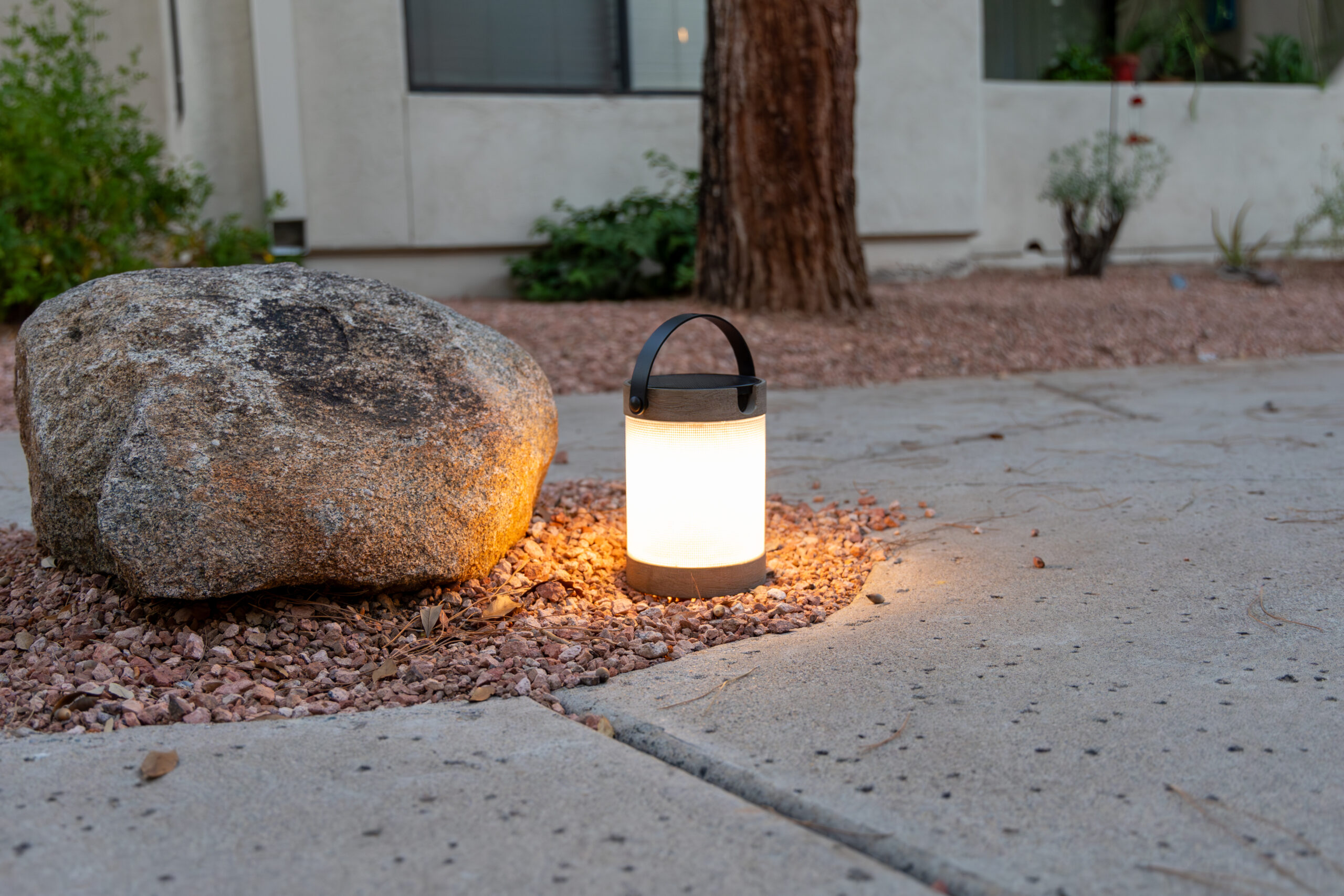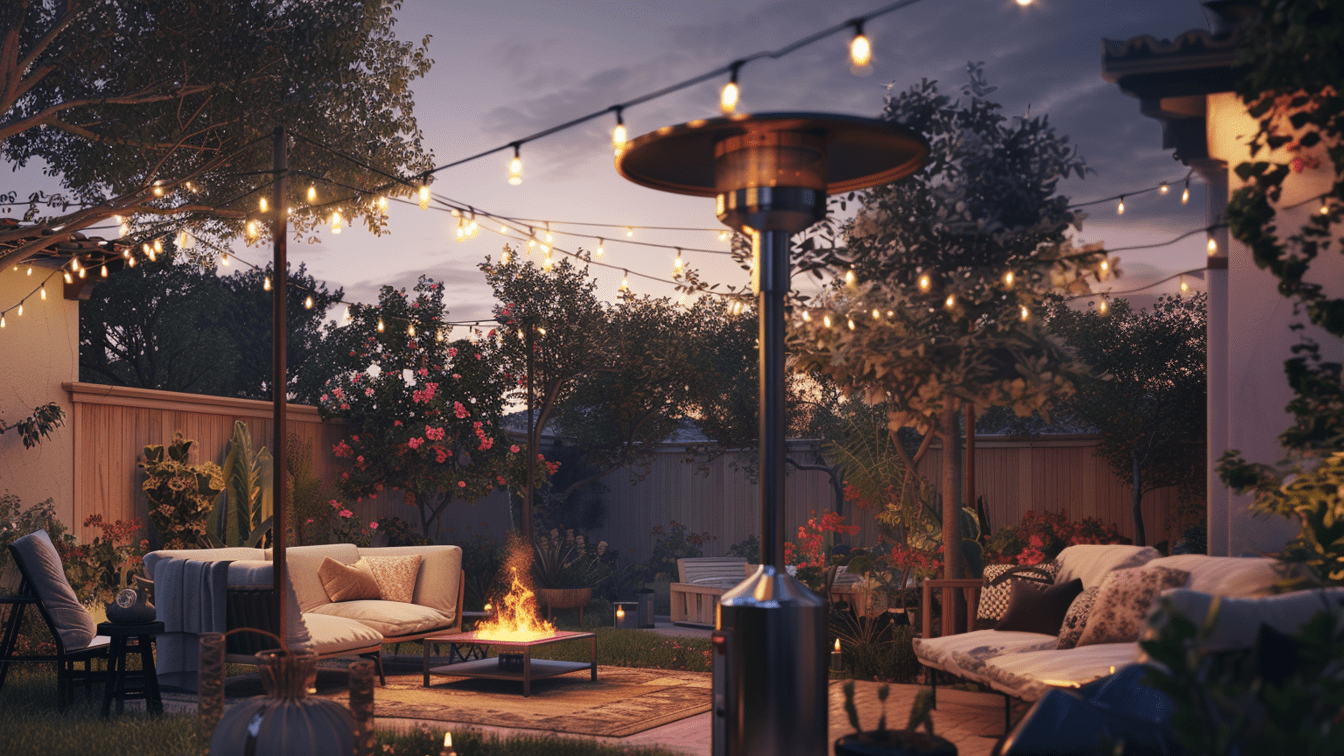Industry News
How to Choose Outdoor Path Lighting

Outdoor lights for pathways cast a welcoming glow across your property and promote better safety in the dark. With numerous solar walkway lighting options available, you can tailor these fixtures to your exact needs.
Whether you’re a homeowner looking to enjoy time in your yard after dusk or an interior designer searching for ways to showcase landscape features, here’s all you need to know about selecting the best outdoor lighting for walkways.
Types of Lighting Fixtures
The two most popular solar options for landscapes include path and directional lighting.
Path Lighting
Traditional path lighting consists of low-profile fixtures that direct light downward onto the path. Some reasons homeowners and landscape designers choose path lighting include:
- Increased safety: Lighting up the path reduces the chance of someone tripping and injuring themselves after dark. It also adds an extra layer of security by acting as a deterrent for intruders.
- Improved aesthetics: Path lighting allows you to spend more time outdoors and highlights special features in your landscape. Homeowners can choose fixtures that will enhance their current property style.
- Easy installation: Most solar light options for paths involve a wireless design. Simply place the fixtures where they will receive adequate sunlight and enjoy quality illumination year-round.
Some classic outdoor walkway lighting ideas include post lights, which contain a stake and illumination hat. These fixtures cast an ambient glow, allowing people to find their way after dusk. Lanterns are traditionally a table-top lighting option, but many homeowners and designers are now using them to illuminate walkways. Positioning high-quality lanterns atop pillars serves a practical and aesthetic purpose.
Directional Lighting
Another pathway illumination option that homeowners and landscape designers can consider is directional lighting. These fixtures have adjustable heads, enabling you to point the light in a specific direction. It’s an excellent choice if you’re planning to highlight an architectural object along your path. Using these lights also helps reduce the glare on higher gradients, making them ideal for rock steps.
Installing solar directional lighting is simple — all you need to do is choose a sunny spot and drive the stake into the ground. The more sun your fixtures receive during the day, the better their performance.
Considerations for Outdoor Path Lighting
With several solar illumination options available, it can be challenging to select the best fixtures for your needs. Here are some key factors to consider for the best outdoor path lighting.
1. Determine Your Lighting Goals
People install pathway lights for numerous reasons — identifying your main goal will help you get the most out of your fixtures. Some typical outdoor lighting objectives include:
- Enhanced landscape design
- Greater safety and security at night
- Increased accessibility of your yard
If safety is a specific concern, you may require brighter lights to ensure optimal nighttime visibility. However, homeowners who want to increase their property’s overall curb appeal will benefit from dimmer light fixtures.
2. Consider Sustainability
Adding path lights to your property can increase the power you use — unless you’re using solar fixtures. Solar lights convert sunlight into energy, reducing your overall energy consumption. Many solar fixtures also contain LED bulbs, which let you enjoy quality light for up to 25% longer than traditional incandescent bulbs.
Conscious homeowners will also appreciate that solar lighting options use renewable energy, resulting in a minimal environmental impact.
3. Review Durability Specs
Solar pathway lights differ in quality. When choosing fixtures for your pathways, look for options made from robust, weather-safe materials. Some companies will also specify a warranty period for extra peace of mind.
Choosing high-quality lights eliminates the need to cover or store them during periods of snow and ice, allowing you to experience the benefits of outdoor illumination for years to come.
Planning Your Path Lighting Layout
An effective path lighting layout helps you select the right fixtures for your needs and the correct quantity. It also helps you place your solar lights in direct sunlight so their batteries charge effectively.
Here are five tips for planning a seamless layout:
- Assess your space: Measure the length and width of your existing path and draw it to scale. If you’re redesigning your landscape, consider which areas receive the most sun and plan your path accordingly.
- Pinpoint focal features: Identify any features along your path that you want to highlight, such as trees, sculptures or benches. Placing a light near these objects will allow them to stand out at night.
- Decide on a lighting style: Determine whether you want to achieve focused illumination with directional lights or an ambient glow with lanterns or post lights. Consider your home exterior and which fixtures will complement its design. For example, lights with sleek lines and a minimalistic design tend to complement modern homes.
- Specify your spacing: Assess the brightness of your solar lights when calculating how far apart to place them. You can typically spread bright LED lights further apart to create the desired illumination level.
- Test the layout: Before securing your fixtures to the ground, determine the average amount of sunlight they get and how they light the path at night. You can adjust the spacing and angles if necessary.
Pathway Maintenance for Outdoor Lights
Regularly maintaining your outdoor solar lights extends their life span and optimizes their performance. Here are some tips to safeguard your fixtures:
- Schedule cleaning: Regular cleaning ensures the solar panels can absorb maximum sunlight for more efficient, long-lasting lighting. Use a soft cloth to wipe away dust and dirt periodically.
- Conduct visual inspections: Regularly check that all bulbs are working and replace them as necessary. Inspect each fixture for signs of rust, corrosion and buildup, which impact the longevity of your lights.
- Prioritize seasonal upkeep: Plants flourish in spring and summer, potentially obstructing solar panels. Trim any nearby trees or shrubs to ensure maximum sunlight absorption.
- Monitor the batteries: Over time, solar lights’ batteries become less effective at storing energy. If you notice your lights functioning for shorter periods, consider replacing the batteries.
Light the Way With Pathway Fixtures From Brilliance Outdoor
Outdoor lights for walkways help you find your way at night, minimizing the risk of injuries. A well-lit yard also looks more appealing and lets you enjoy your outdoor space after dusk.
Brilliance Outdoor specializes in top-tier lighting solutions so you can illuminate your path effectively and sustainably. Whether you’re looking for directional lighting or more traditional pathway fixtures, our collection of luxury solar products will help you elevate your outdoor space. Contact our professional team today to learn more about our range of solar and eco-friendly lighting!
Popular Posts





